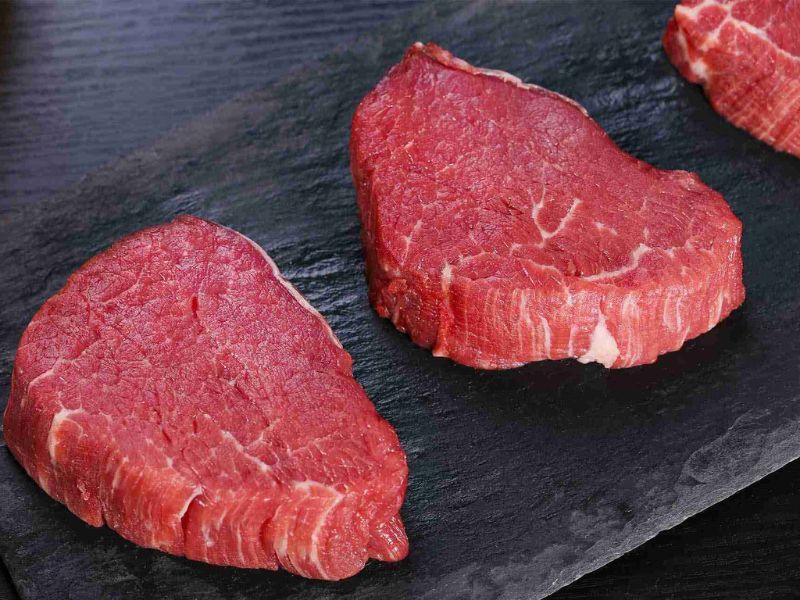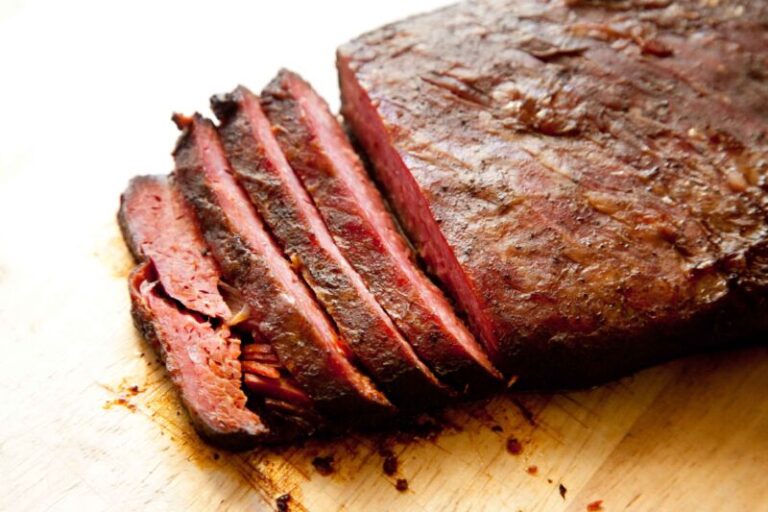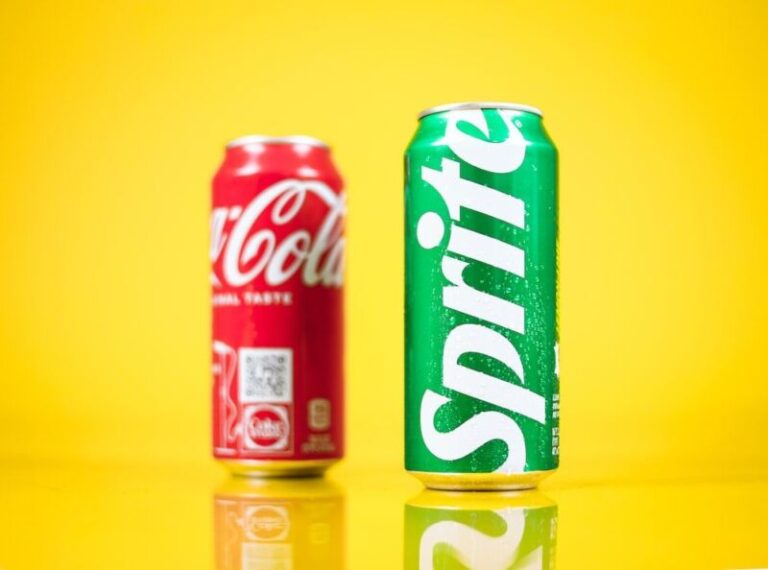How Long Can Beef Sit Out: A Complete Guide
Beef is a staple in our dinner repertoire, and it offers a wide range of possibilities in terms of preparation and taste.
There are countless delectable dishes that can be created using beef, such as the tangy Balsamic Steak Salad, the comforting One-Pot Spinach Beef Soup, the flavorful Beef Kheema, and the succulent Sesame Beef Skewers.
However, with the abundance of beef cuts available, it can be challenging to decide which one to choose. Should you opt for the tender and lean tenderloin, the versatile flank steak, the richly marbled skirt steak, the slow-cook favorite brisket, the meaty and tender short ribs, the flavorful chuck eye roast, or the lean yet flavorful top and bottom round cuts?
In essence, investing in high-quality beef is paramount for an exceptional dining experience. While this might mean spending more, the superior taste and tenderness make it worthwhile.
Now, let’s delve into the factors that influence the shelf life of beef, as it is crucial to understand what constitutes spoilage before discussing how long can beef sit out before it become unsafe for consumption.
How long can beef sit out?
Consuming beef that has been exposed to high temperatures for an extended period can pose a serious risk to your health due to potential contamination.
To ensure food safety, numerous authorities enforce regulations that require certain items to be discarded after a specific duration has passed.
It is crucial to avoid consuming ground beef that has been left out for more than two hours, as it becomes susceptible to bacterial growth and can become unsafe for consumption.
In instances where you grind four pounds of meat to produce a pound of hamburger, it is recommended to consume it within two hours to minimize the risk of bacterial contamination. Failure to do so necessitates its disposal.
After a duration of 12 hours, pork ceases to be suitable for consumption and should be promptly discarded. This applies to various forms of processed pork such as loins, ham, bacon, sausage, and others.
Salmon, when purchased, should be discarded within seven days to ensure freshness and prevent potential health hazards. Even if processed, salmon may retain salmonella germs for up to 14 days, emphasizing the importance of proper handling and timely consumption.
To maintain food safety, it is advised not to store salmon in the refrigerator for more than a week. If you are uncertain about the condition of your salmon, it is advisable to contact your local health department for guidance on whether it is safe to consume.
How long can raw steak sit out?
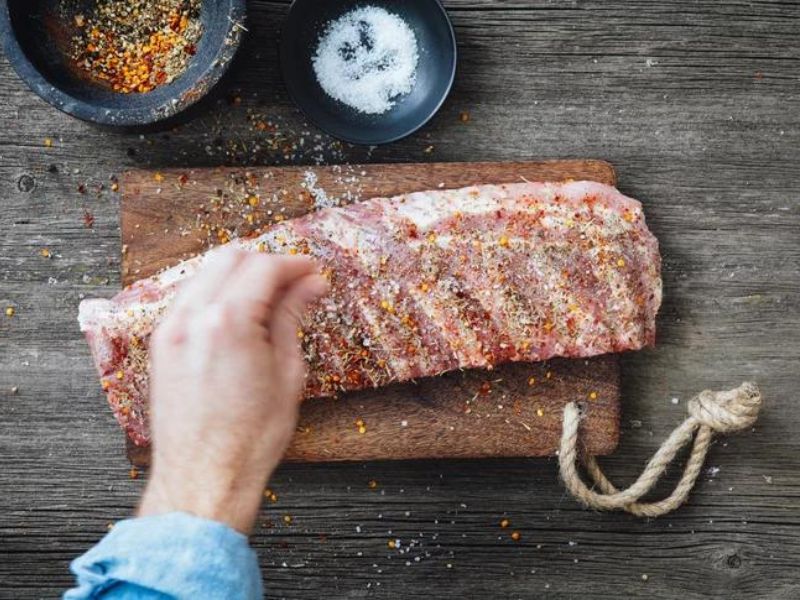
If you leave your uncooked steak on the counter, it will reach room temperature. However, it is important to note that raw steak, along with any other raw meat, should not be left out at room temperature for an extended period. According to the United States Department of Agriculture (USDA), it is recommended to avoid leaving raw meat unrefrigerated for more than two hours.
Additionally, when the outside temperature exceeds 90 degrees Fahrenheit, the timeframe for leaving the steak out should be reduced even further. In such hot conditions, it is advisable not to leave the steak unattended for more than an hour to prevent the growth of harmful bacteria.
It is crucial to follow these guidelines not only for uncooked steak but for any type of raw meat, including raw ground beef. The risk of bacterial contamination increases when raw meat is left out at room temperature for extended periods, which can lead to foodborne illnesses. Therefore, it is essential to handle and store raw meat properly, refrigerating it promptly to maintain its freshness and minimize health risks.
How long can cooked steak sit out?

Proper handling of cooked steak is crucial, requiring the same level of care as raw steak. It is essential to note that cooked meat should not be left unattended at room temperature for extended periods. In fact, it is strongly advised that cooked meat be consumed or properly stored within a maximum of two hours after cooking to ensure food safety.
Furthermore, when the kitchen or surrounding environment is considerably warm, it is even more important to adhere to strict time limits. In such conditions, it is recommended to leave cooked meat out for no more than one hour before refrigerating or consuming it. This precautionary measure helps mitigate the risk of bacterial growth and potential foodborne illnesses.
Remember, the safety and quality of cooked steak depend on promptly refrigerating or consuming it within the recommended time frames.
What is the maximum duration beef can sit out before it spoils?
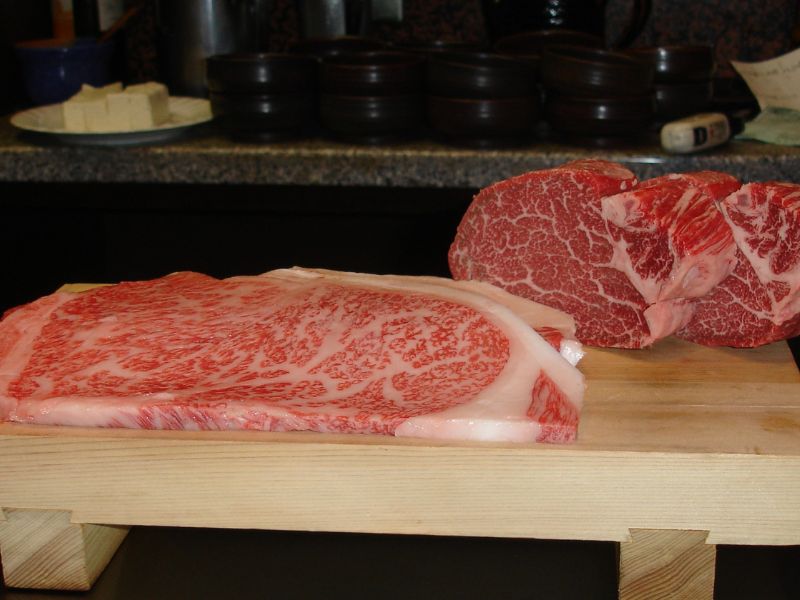
It is essential to avoid leaving beef unrefrigerated for more than two hours when the surrounding temperature is around 68 degrees Fahrenheit. Beyond this time frame, the risk of bacterial growth and foodborne illnesses significantly increases.
After taking beef out of the refrigerator, it is crucial to promptly return it to a chilled environment. To ensure optimal freshness and safety, it is recommended to consume the beef within three days from the time of removal. This timeframe allows for a balance between maintaining quality and minimizing the potential for bacterial contamination. By adhering to these guidelines, you can enjoy beef that is both flavorful and safe for consumption.
How long does beef last at room temperature
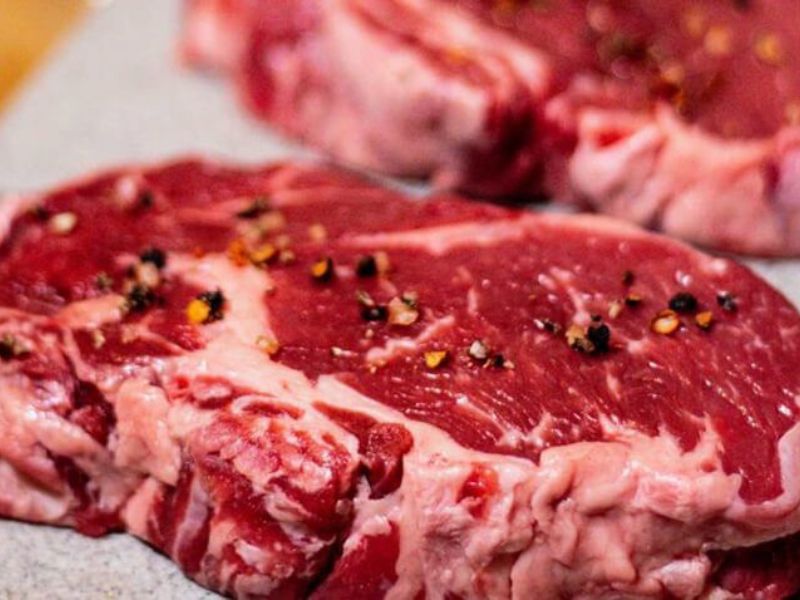
The length of time beef can be safely stored before spoiling varies depending on the specific cut, typically ranging from a minimum of one hour to longer durations. For prime cuts such as tenderloin, filet mignon, and flank steak, it is generally recommended to store them for a maximum of approximately four hours to maintain their freshness and quality.
When it comes to ribeye steak, a generous timeframe of around six hours can be allowed for it to rest outside before it begins to deteriorate. This extended period allows the flavors to develop and the meat to reach an optimal temperature for grilling or cooking.
Additionally, there are several other beef cuts that possess a remarkable capacity for prolonged storage. Chuck eye roast, short ribs, and skirt steak are among these cuts, which can be safely stored for an extended period without compromising their taste or texture.
To ensure the longevity and safety of any beef cut, it is crucial to follow proper food handling and storage practices, including maintaining suitable temperature conditions and utilizing appropriate packaging or covering methods. These precautions contribute to preserving the quality of the beef and minimizing the risk of spoilage, allowing you to enjoy flavorful and succulent meat when it’s time to prepare your favorite dishes.
What is the recommended duration for meat to be left at room temperature before refrigeration?
Ensuring proper refrigeration is crucial for the safe storage of meat. Once you have taken the meat out of the oven or pan, it is advisable to promptly place it in the refrigerator.
If necessary, you can allow the meat to rest at room temperature for a few minutes, but it is essential not to exceed half an hour. To ensure the safety of your meat, it is important to consistently follow these guidelines:
- Before refrigerating the meat, it is recommended to trim off any excess fat.
- Use a sealed container to store the meat.
- To further protect the container, you can wrap it in plastic or foil.
- Label the container with the name of the meat and the date.
- For optimal preservation of meat, the freezer is the ideal location for keeping it cool.
FAQs
Is it safe to consume meat that has been left uncovered for a day?
Absolutely Yes!
However, it is crucial to take proper precautions and ensure appropriate packaging.
If you happen to overlook any meat that hasn’t been labeled correctly, it’s best to discard it and start fresh.
When meat is exposed to sunlight, how long can it remain before spoiling?
If beef has been left out in direct sunlight for over 24 hours, it can rapidly deteriorate and become unfit for consumption.
On the other hand, meat that has been indirectly exposed to sunlight, such as hanging in a garden, can still be consumed after 48 hours without significant risk.
How long can beef last in the refrigerator or freezer before it becomes spoiled?
Beef that has been properly frozen can be stored for extended periods as freezing inhibits the growth of bacteria.
When kept at a temperature below 32 degrees Fahrenheit, beef can maintain its quality and safety for several months in the freezer.
Before consuming frozen beef, it is advisable to thaw it thoroughly.
When it comes to refrigerating cooked beef, how quickly should it be chilled?
To prevent the meat from continuing to cook, it is crucial to cool it down as soon as possible after cooking.
Avoid postponing the refrigeration process; instead, refrigerate the meat promptly.
There is a risk that the meat might continue cooking in its own juices if it is not chilled promptly.
Can I consume meat that has been left unrefrigerated for a day?
If you have followed proper storage procedures, it is generally safe to consume the meat. Remember to trim any visible fat from raw meat before storing it.
Use plastic or foil to package the meat, and label it with the date and type of meat. To ensure optimal storage, place the beef in the coldest section of the refrigerator, maintaining a temperature below 40 degrees Fahrenheit.
For longer-lasting preservation, freezing beef as soon as possible is recommended. Once thawed, the meat should be used within three days.
